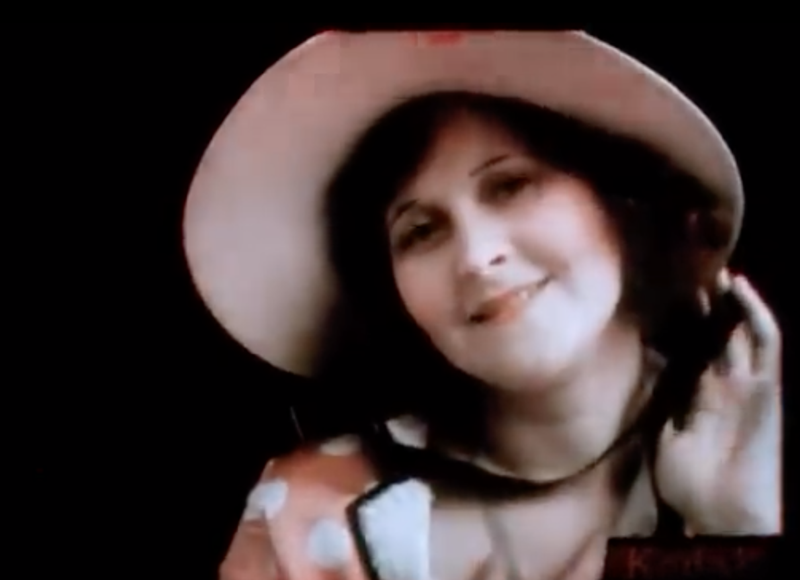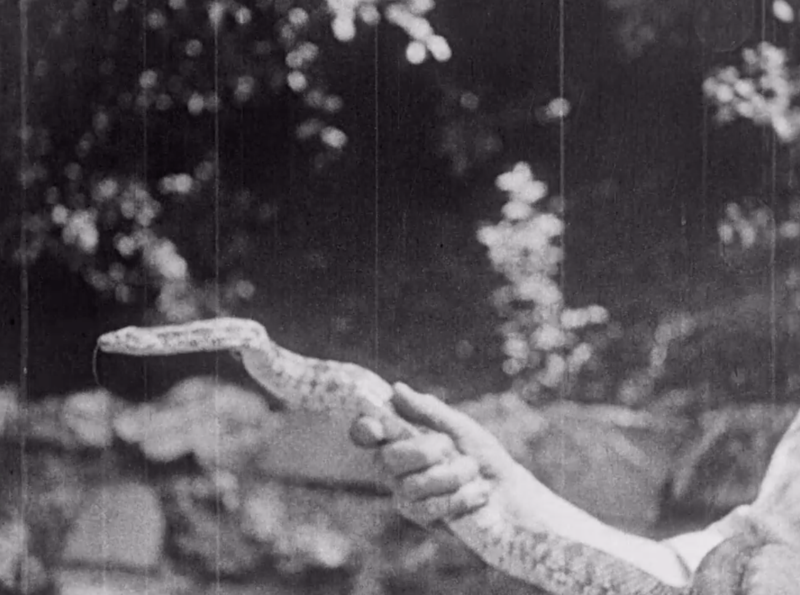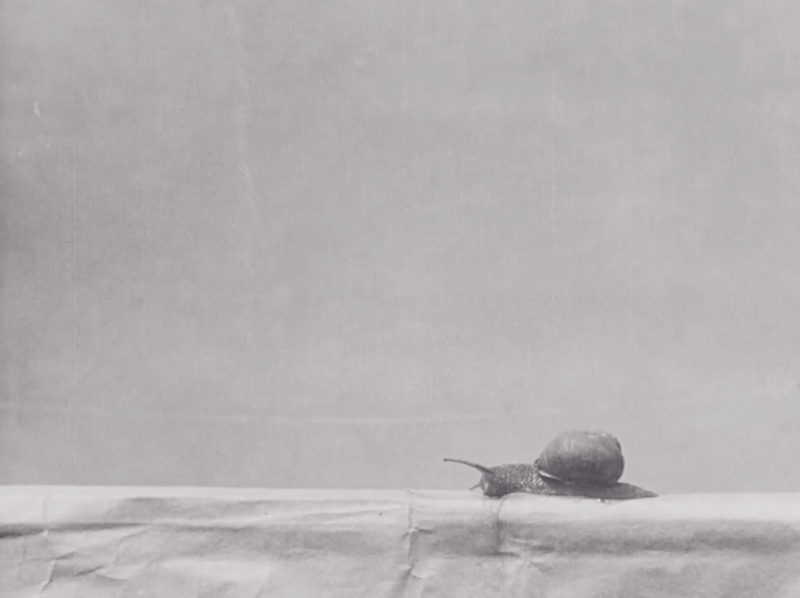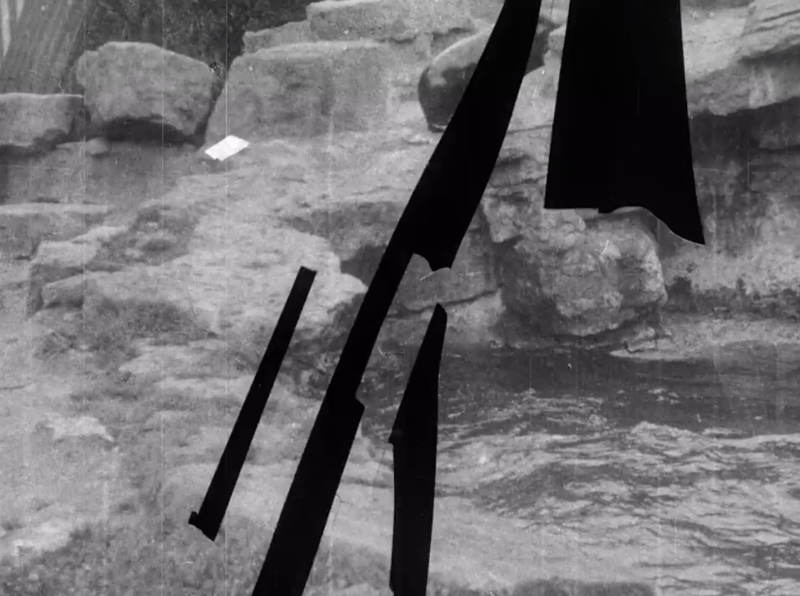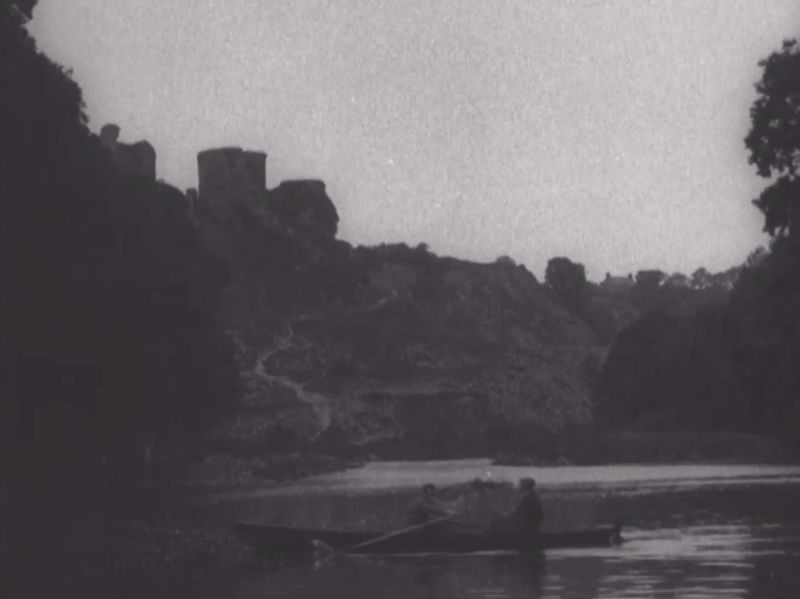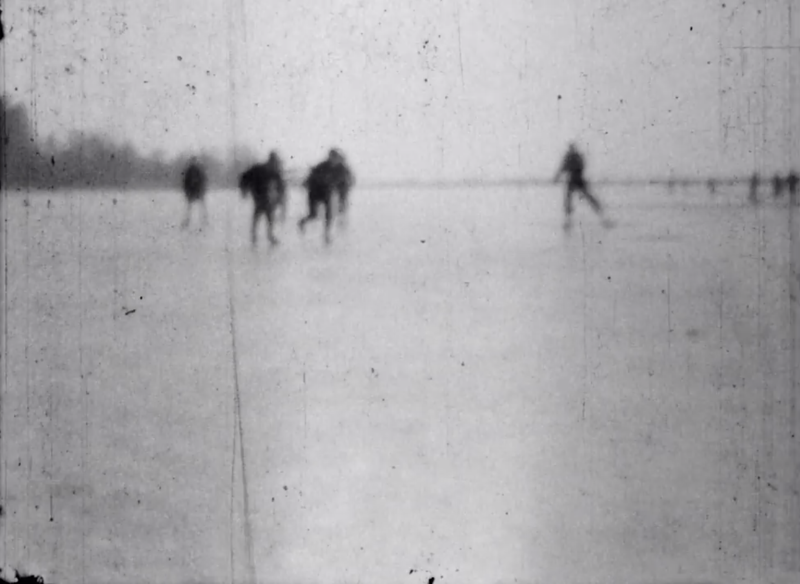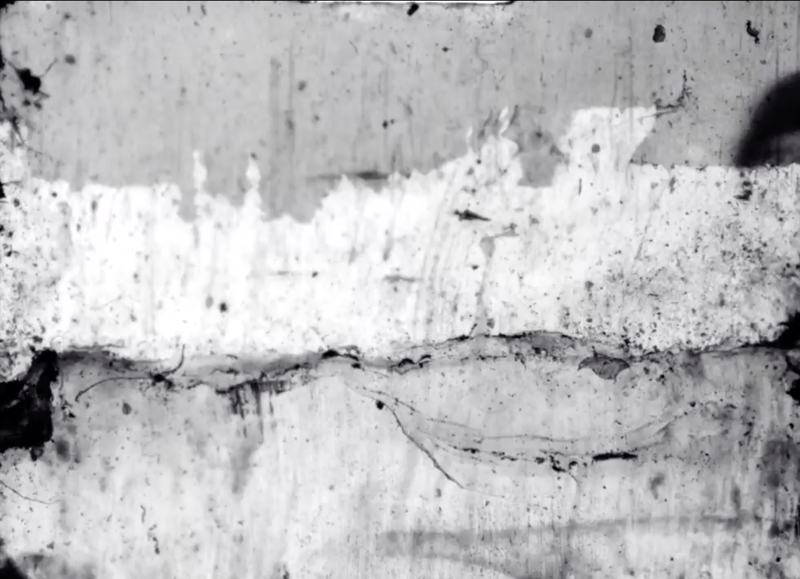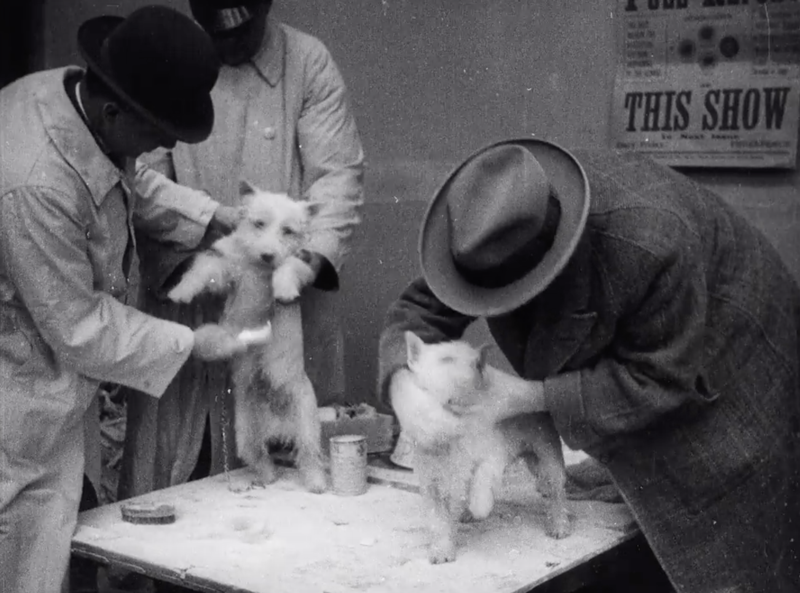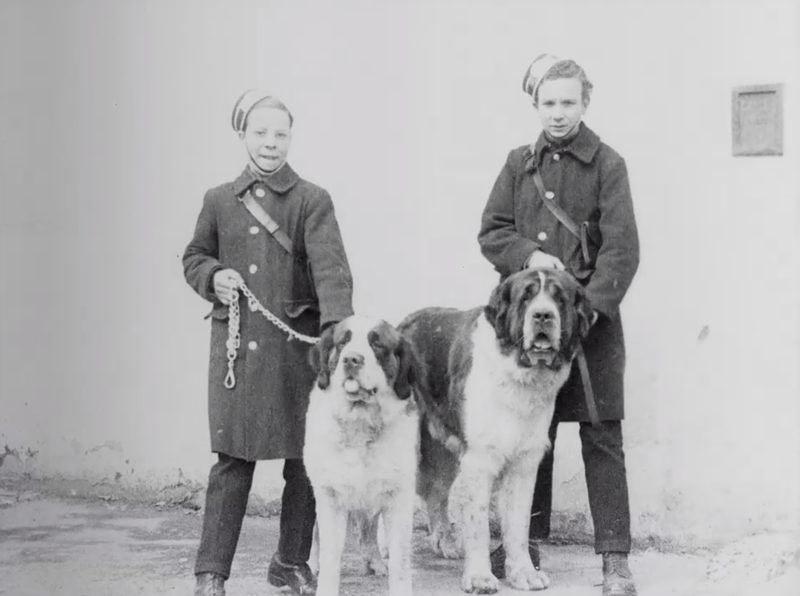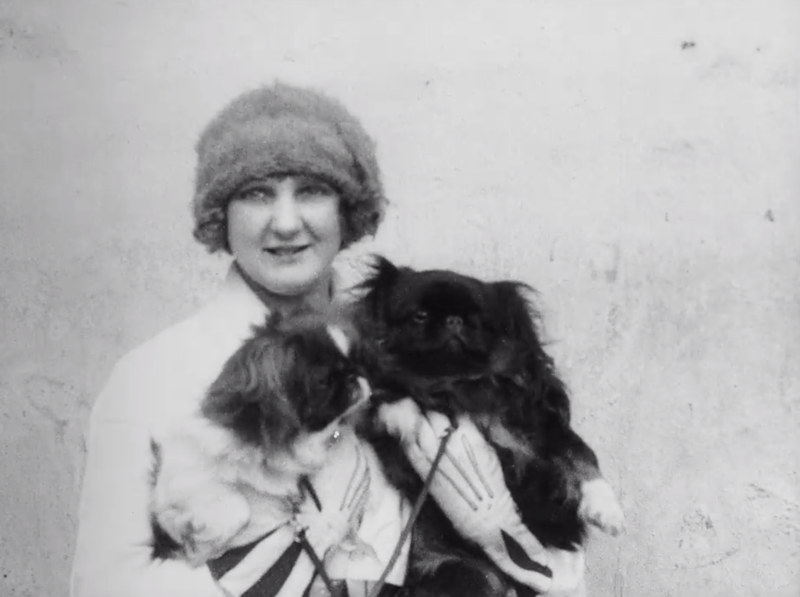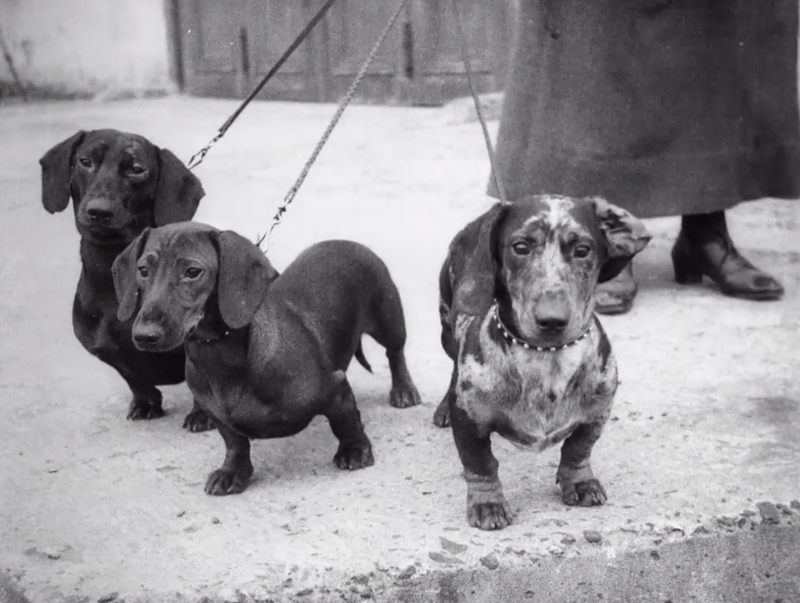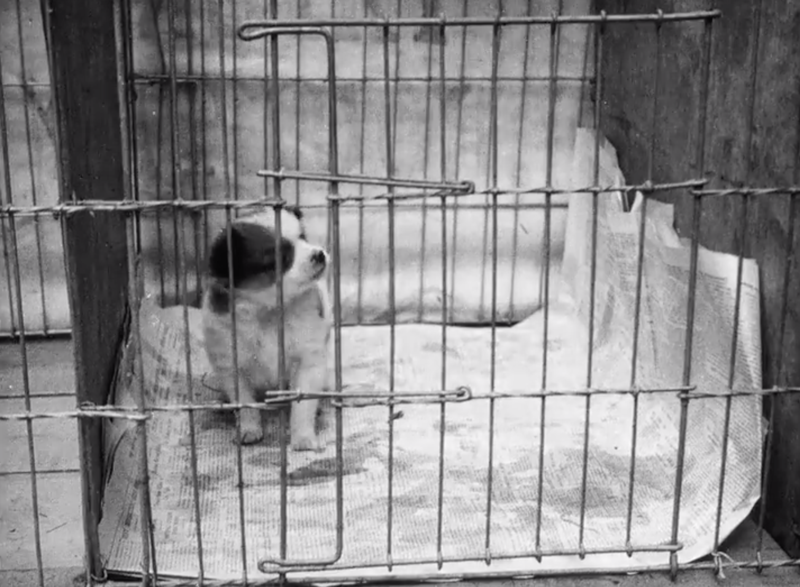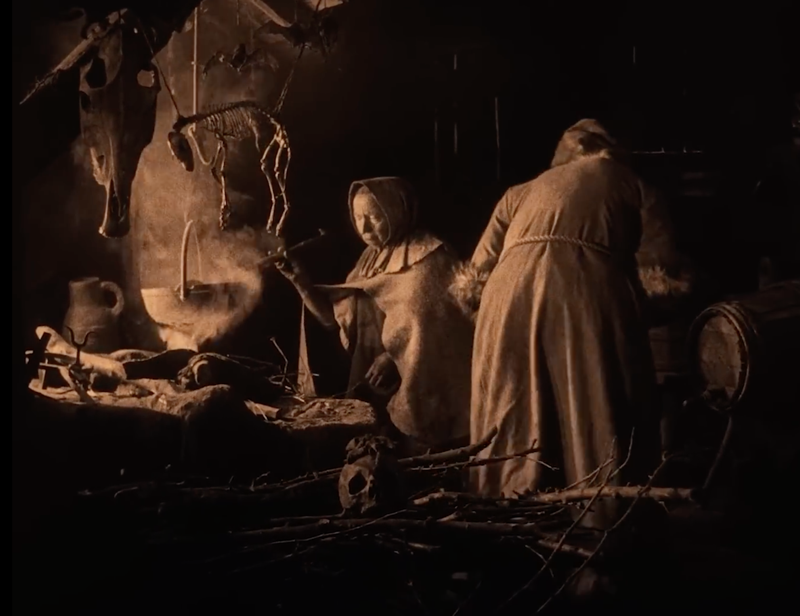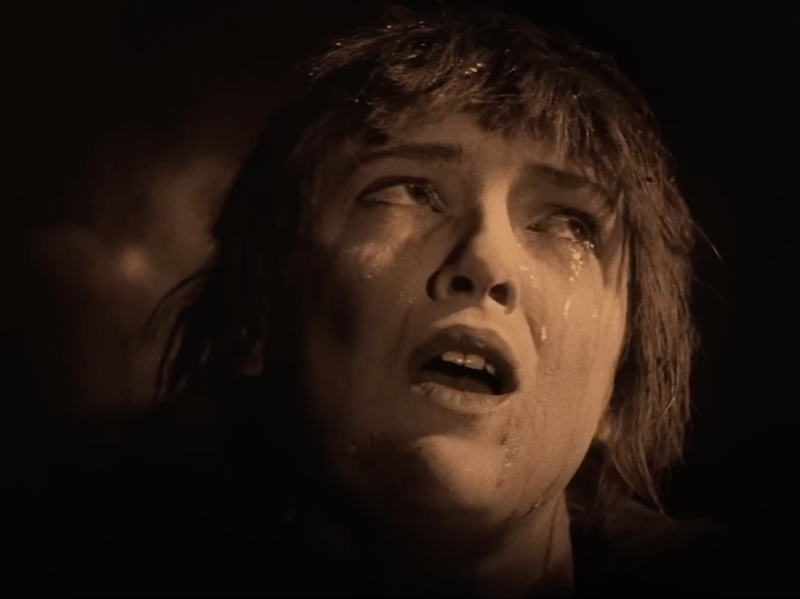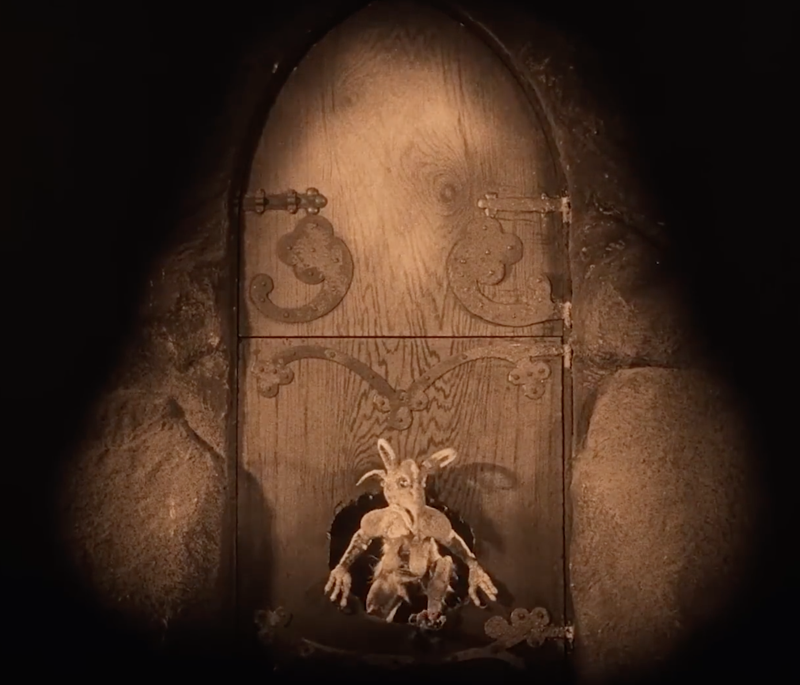The Toll Of The Sea is an uncredited adaptation of Madame Butterfly, written by Frances Marion, directed by Chester M. Franklin and starring Anna May Wong. It was the second film to be filmed in Technicolor (and the oldest surviving one), and at least the third film version of Madame Butterfly (after an American version from 1915, and a German version, directed by Fritz Lang, from 1919).
This seems to be the first version that actually uses Asian actors in the Asian roles (although Hollywood went back to it’s usuall racist casting decisions in the 1932 Cary Grant version).

I’ve never actually read or seen any version of Madame Butterfly before (not even the Cronenberg version), so I don’t know how much this deviates from the template it’s based on (beyond this being set in China rather than Japan).
In this, Anna May Wong plays Lotus Flower, a Chinese teenager who saves an American serviceman from drowning and then subsequently falls in love with him, a love he reciprocates by, er, getting her pregnant then going back to America to live with his actual wife. Sadness and tragedy ensue.
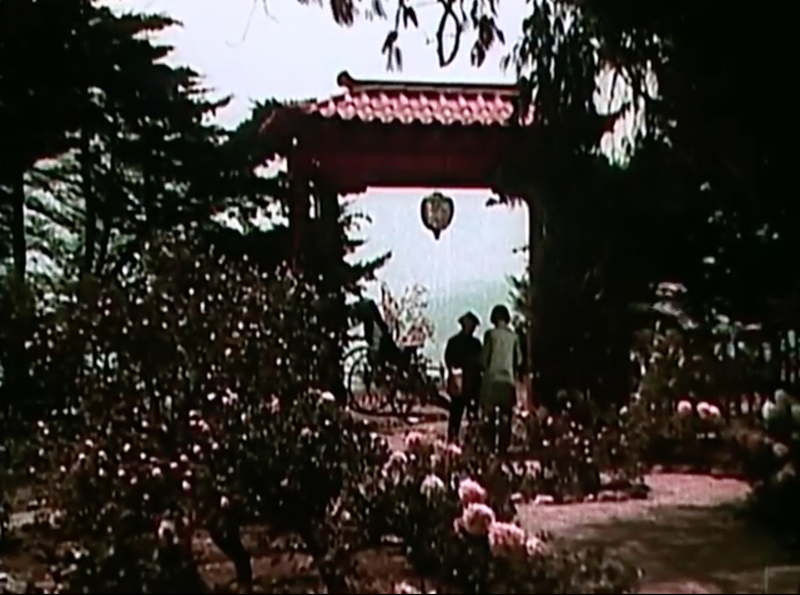
One of the interesting things about the film is that, because the colour filming process needed lots of light, the entire thing is filmed outside (even the very occasional interior scenes are filmed outside), which feels like a complete reversal of usual studio films.
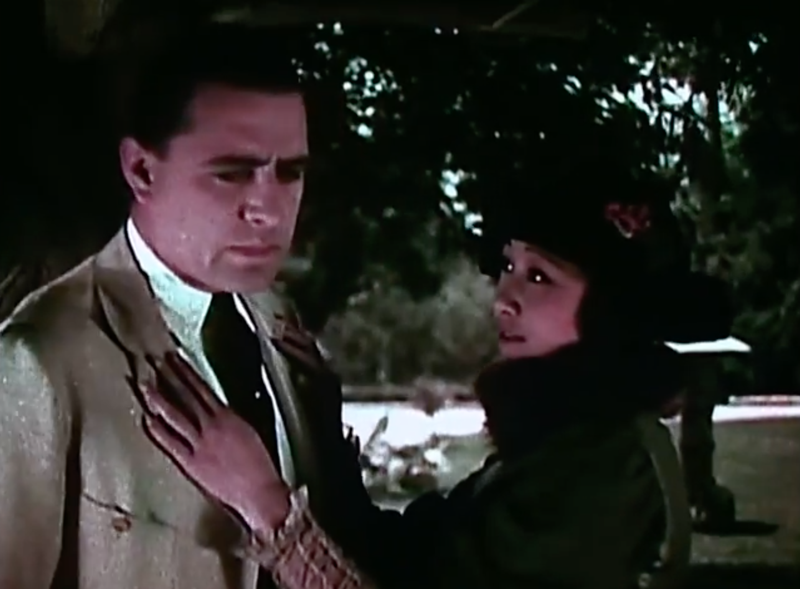
Combined with the muted colour palette, it lends the whole thing a sort of nostalgic picture postcard look (which I assume is actually the opposite of what it would have looked like at the time, when it must have looked almost impossibly futuristic).

___________
Notes
1. I watched this on youtube.
2. The final reel of this is lost, so for this restored version (from 1985) they just filmed a sunset and then put in a title card implying she’s drowned herself (hence the title).
3. That’s a spoiler I suppose.
4. But anyway that’s why that picture of the sun setting over the sea up there looks different from the other screenshots.
5. I’ve always found it interesting how colour films took 50 years or so to kill off black and white, but sound films killed off silent movies in about 3 years.
6. Silent films only really making a comeback until whenever pop videos took off
7. There was a nice article in the guardian about Anna May Wong last year (when it was actually 100 years since this film came out)
8. She’s really great in this, especially as she would have only been 16 or 17 when this was filmed, I think
9. The only other thing I’ve seen her in is The Thief Of Bagdad (made in 1924! Don’t tell anyone I’ve seen into the future!), and she’s great in that too.
10. Even if she is only in it a bit.
11. I’d quite like to have one of those American coins with her face on it too.
12. Though I suspect I never will.
13. Also, here’s a list of the oldest colour feature films.
14. It’s kind of depressing as always how many of these are lost.
15. And has also reminded me that I never actually wrote an article about all the early attempts at colouring films (tinting, stencil colouring, etc).
16. Which I was going to at some point.
17. But I forgot.
18. Due to laziness.
19. (Please don’t hate me)
20. Also I didn’t understand this film at all (on an emotional level). I suppose that’s my review.
_________
Film Information
Title: The Toll Of The Sea
Director: Chester M. Franklin
Year: 1922
Duration: 53 minutes
Watch: youtube


